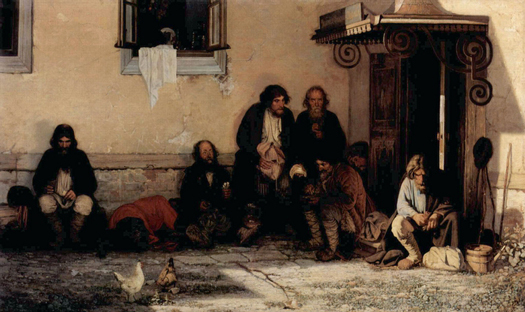Who Was Jonathan Daniels ?
This week is the anniversary of the arrest of seminarian Jonathan Myrick Daniel in 1965 at the height of the racial strife in Selma in 1965. Daniel was killed when he took a shotgun blast that was intended for a black female, Ruby Sales. It killed him instantly. Daniels’ life showed a pattern of putting himself in the place of others who were defenseless and in need.
Describing the incident, Dr Martin Luther King said that “one of the most heroic Christian deeds of which I have heard in my entire ministry was performed by Jonathan Daniels.”
What happened to Ruby Sales? Sales went on to attend Episcopal Theological School in Massachusetts which Daniels had attended (now Episcopal Divinity School). She has worked as a human rights advocate in Washington, D.C. She founded The SpiritHouse Project, a non-profit organization and inner-city mission dedicated to Daniels.
The Rev. Gillian Barr in an Evensong in honor of Daniel in Providence RI provides an apt summary of Daniels. “He was a young adult who wasn’t sure what he was meant to do with his life. He had academic gifts, a sense of compassion, and a faith which had wavered from strong to weak to strong. He was searching—searching for a way to live out his values of compassion and his faith rather than just studying them in a book. He was living in intentional community, first at VMI, then at EDS, and then finally with activists in Alabama. His studies, and his prayer life, and his community all led him to see more clearly the beauty and dignity in the faces of all around him, even those who looked very different and came from very different backgrounds than the quiet boy from Keene, NH.”






